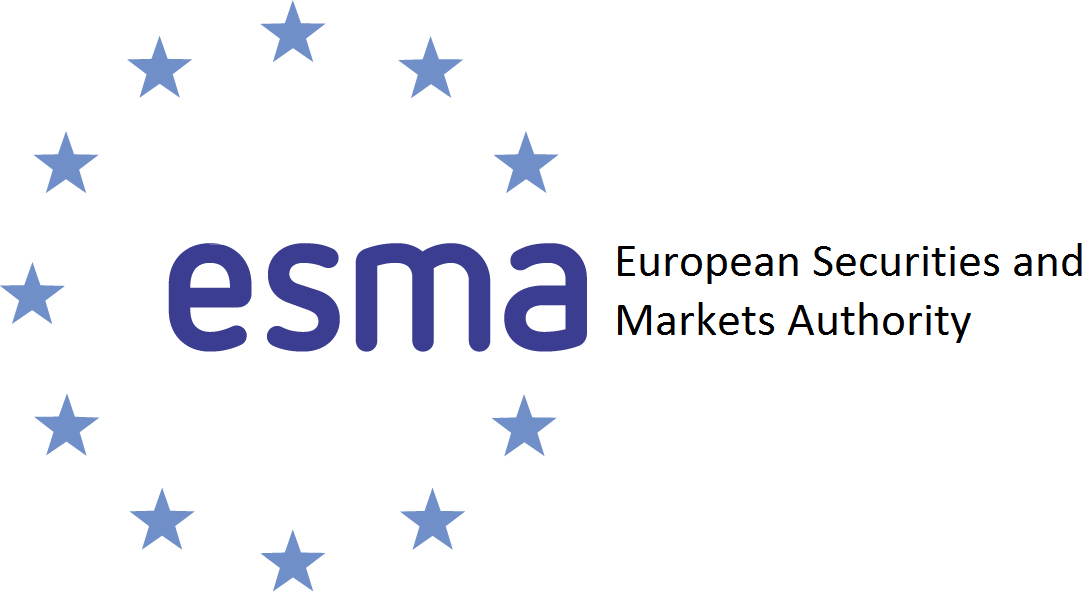Asset managers may again be forced to reassess their categorisation of Article 8 and 9 funds under the Sustainable Finance Disclosure Regulation (SFDR) following “significant” new proposals by European regulators.
A consultation by the European Supervisory Authorities (ESA), published on Thursday, laid out a raft of changes to key elements of Europe’s premier sustainable finance framework including the Do No Significant Harm (DNSH) test and the principle adverse impacts (PAI) indicators.
The new proposals are aimed at addressing current weaknesses in the framework and comes just months after a wave of product reclassifications by asset managers following the implementation of ‘level 2’ of SFDR in January.
Asset managers will be required to report on new social indicators used under the PAI which may force them to revisit their categorisation of Article 8 and 9 products.
These include introducing new measures on tax avoidance, involvement in tobacco production and union interference, while indicators for investing in real estate will also be created.
Raza Naeem, partner at Linklaters, said: “The ESAs are proposing changes to the disclosure framework to address issues that have emerged since the introduction of SFDR.
“Overall the proposed changes, if adopted, are quite significant and will require firms to potentially revisit their categorisation of Article 8 and 9 products due to changes to the DNSH test and PAI indicators.”
New indicators providing more transparency on the decarbonisation targets of asset managers’ funds should also be added, according to the ESA, noting the downgrades among ‘dark green’ Article 9 funds tracking an EU Climate Transition Benchmark or an EU Paris-Aligned Benchmark.
In one of the most far-reaching proposals, and going beyond the ESA’s mandate from the European Commission, DNSH disclosures would be tightened to increase transparency and improve alignment with the EU Taxonomy.
Under the new plans, asset managers would be required to provide more “granular information” on DNSH disclosures such as quantitative thresholds related to the PAI indicators on the fund’s website.
In addition, new summary disclosure dashboards will be created in a bid to simplify and create a more “consumer-friendly” approach.
Gavin Haran, head of policy for asset management at Macfarlanes, called the decision to go beyond the European Commission’s mandate in suggesting broader changes to the SFDR disclosures “surprising”.
“The ESAs’ proposals suggest that they do not believe the current SFDR template is fit for purpose,” he said.
‘Death by a thousand (paper) cuts’
The new requirements would likely add an additional burden on asset managers and comes ahead of a broader review of the SFDR legislation later this year.
It has been suggested the European Commission could consider scrapping Article 9 funds entirely amid a lack of clarity and growing fears of greenwashing.
“It is widely recognised that the SFDR must be improved but firms will not welcome the ongoing uncertainty around the status of their products,” Haran said.
“There is a risk that the EU continues its fragmented approach to reform, forcing firms to make frequent revisions to their documents and facing death by a thousand (paper) cuts.”
Last month, the French financial regulator the Autorité des Marchés Financiers (AMF) called for a “targeted review” of SFDR due to the lack of minimum sustainable investment requirements or a definition of sustainable investment.
The consultation period for the ESA’s proposals will close on 4 July. The European Commission will then be expected to endorse and adopt the changes.




